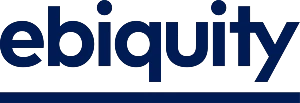The last 18 months have been the most turbulent and challenging for media department and marketing leaders across world. As well as coping with the acute and ever-evolving impacts of Covid,
CMOs have had to face up to systemic changes in media and marketing that the pandemic has only accelerated. From new media department operating models to eCommerce, from transparency to sustainability, the CMO’s to-do list grows longer and more urgent by the day.
To assess what’s driving decision-making in the world’s biggest-spending and most progressive advertisers, Ebiquity recently teamed up with our partners at the World Federation of Advertisers (WFA) to understand the present and so predict the future of global media department structures and organisations. What we found across multiple topics and themes was a growing yet unsustainable chasm between the issues that keep global media leaders awake and the current capabilities of their organisations. We characterise this in this report as the Capability Gap.
The Capability Gap report can be downloaded from the WFA website, here.
Our survey of more than 50 of the world’s biggest advertisers identifies three key issues that are shaping how brands are evolving media department operating models, often at breakneck speed.
- As brands strive to understand what works in the increasingly-complex marketing ecosystem, the emphasis is shifting from efficiency to effectiveness, from media department pricing to market mix modelling. Big advertisers have recognised that they’ve got to the bottom of the “cheaper media” bucket. Many are now focused instead on buying the right media in the right volume and the right context, to engage customers on the path to purchase, empowered by the right in-house and external support.
- Only 20 years ago, most brands operated the same media department model: they paid media agencies to buy media on their behalf. With the explosion and diversity of digital and social media and advanced TV – increasingly bought programmatically – diversity in media models is all the rage. Some in-house everything, others outsource; some right-house by task or channel, while others take one approach in major markets but another in the long-tail of smaller markets. In search of both control and agility, global media leaders are adjusting their operating models – often on the fly – based on their culture, their needs, and whether they’re a digital-first or legacy bricks-and-mortar business.
- Talking of diversity, the environmental, social, and governance agenda is driving media operating models like never before. While many paid lipservice to CSR, ESG is set to become the North Star by which media decision-making is guided in the 2020s and beyond. These trends and many more besides – from transparency to agency selection, from control of data to technology – require the global marketing community to adopt and flex new skills. This is true both in their own teams and via their agency and platform partners.
We’re delighted to have partnered with the WFA once again to get to understand what it is that’s driving decision-making among the world’s media and marketing leaders – particularly as they look to reshape their organisations, ongoing, to be fit-for-purpose for the post-pandemic global village.
The Capability Gap report can be downloaded from the WFA website, here.

